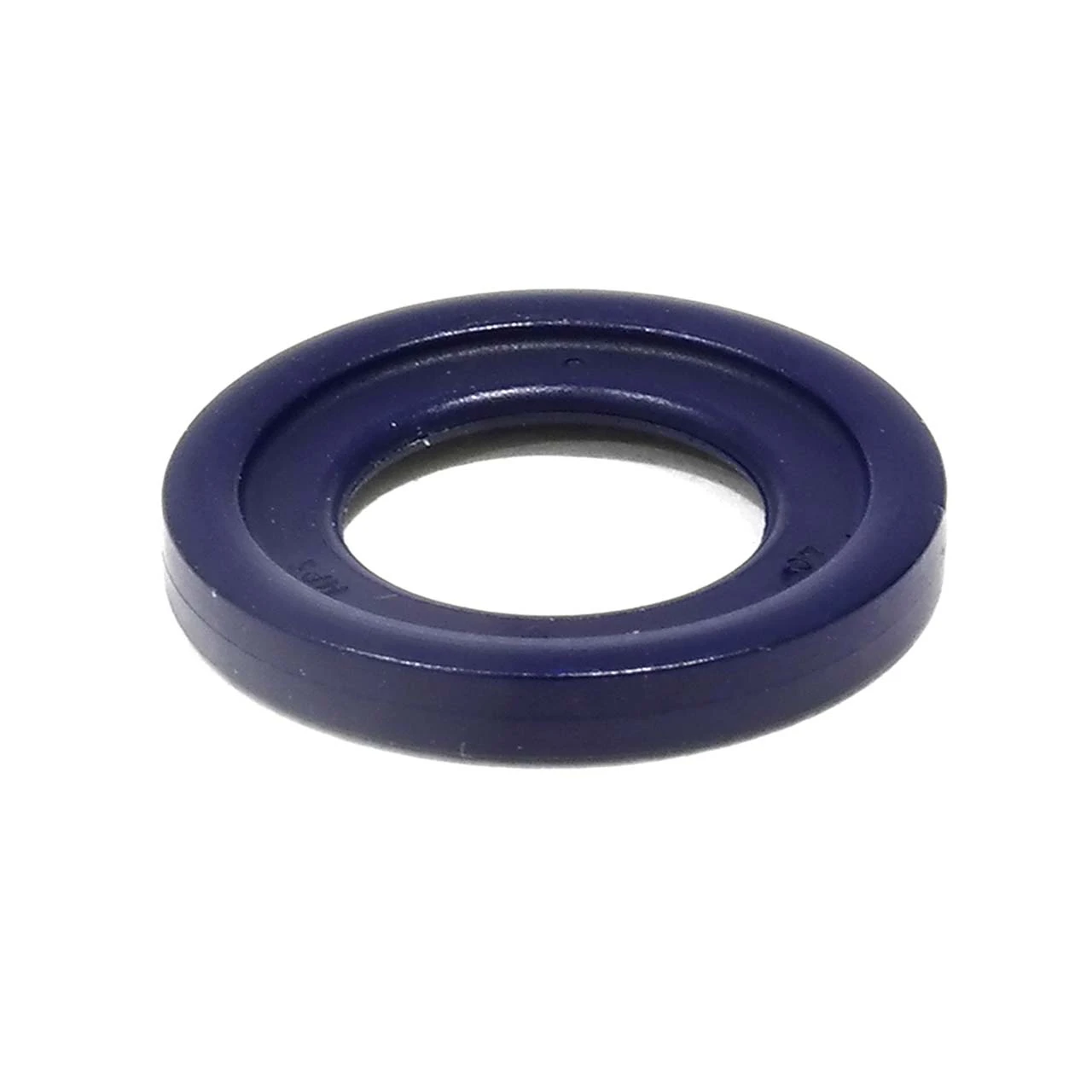Understanding Rear Main Seal and Transmission Connection Issues in Vehicles
Understanding the Rear Main Seal in Transmission Systems
The rear main seal (RMS) is a crucial yet often overlooked component within the transmission system of an automobile. It plays a critical role in maintaining the integrity of the engine by preventing oil leaks and ensuring efficient operation. In this article, we’ll explore what the rear main seal is, its functions, symptoms of failure, and how it can be replaced.
What is a Rear Main Seal?
The rear main seal is located at the rear of the engine block and is designed to seal the crankshaft as it exits the engine to connect with the transmission. Typically made from rubber or a combination of rubber and metal, the seal is engineered to withstand high levels of stress, heat, and potential contamination from engine oil and other fluids.
Functions of the Rear Main Seal
1. Prevention of Oil Leaks One of the primary functions of the rear main seal is to prevent engine oil from leaking out of the engine block. Oil is essential for lubricating the engine components and cooling the engine; any loss can lead to severe engine damage.
2. Maintaining Pressure The RMS helps maintain the necessary oil pressure within the engine. Without it, the proper lubrication cannot be achieved, leading to friction between engine components.
3. Protection Against Contaminants The seal also protects the crankshaft and the engine oil from dirt, grime, and other contaminants that might enter through the transmission. This maintenance of cleanliness is vital for the optimal functioning of the internal components.
Symptoms of Rear Main Seal Failure
Detection of a failing rear main seal can often be challenging, but there are some common symptoms to watch for
- Oil Leaks The most noticeable sign is the presence of oil leaks. If you find oil pooling beneath your vehicle, especially towards the rear of the engine, this could indicate a failing rear main seal.
rear main seal transmission

- Low Oil Levels If you frequently need to top up your engine oil due to unexplained decreases in oil levels, this could also suggest a seal issue
.- Burning Oil Smell If oil leaks onto the exhaust system, it may produce a burning smell, signaling that the oil is coming into contact with hot components.
- Engine Performance Issues In severe cases of oil leaks, you might notice decreased engine performance, including increased engine temperature or rough idling.
Replacement of the Rear Main Seal
Replacing the rear main seal is a task that requires significant mechanical knowledge and time, as it often necessitates an engine teardown. Here’s a general outline of the replacement process
1. Preparation Ensure the vehicle is on a stable surface and that all necessary tools and replacement parts are ready. Disconnect the battery and drain the engine oil.
2. Remove Components Accessing the rear main seal typically requires the removal of the transmission, which may involve detaching various components such as the drive shaft and the exhaust system.
3. Replace the Seal Once the old seal is removed, clean the area to remove any debris or old gasket material. Install the new seal carefully, ensuring it’s seated correctly to avoid future leaks.
4. Reassemble and Test After replacing the seal, reassemble all removed components and reconnect the battery. Start the engine and check for any signs of leaking oil, monitoring the seal’s performance closely.
Conclusion
The rear main seal is a vital component of an automobile's engine and transmission system. Understanding its functions and recognizing the symptoms of failure can help vehicle owners take proactive measures to maintain their cars. Regular inspections and timely replacements can save significant repair costs and ensure a smooth driving experience. If you suspect an issue with your rear main seal, consult with a qualified mechanic to assess and address the problem promptly. This small part plays a big role in keeping your engine healthy, efficient, and running smoothly.
-
Understanding the Front Main Engine Seal: Purpose, Maintenance, and Installation
News Jul.29,2025
-
Understanding O-Rings and Seal Rings: Types, Applications, and Custom Solutions
News Jul.29,2025
-
Understanding Crankshaft Oil Seals: Rear Seals, Pulley Seals, and Their Role in Engine Integrity
News Jul.29,2025
-
The Importance of Front and Rear Crankshaft Seals in Engine Performance and Oil Management
News Jul.29,2025
-
Crank Oil Seals: Functions, Types, and Cost Considerations in Engine Maintenance
News Jul.29,2025
-
A Comprehensive Guide to O-Rings and Seals: Types, Materials, and Global Applications
News Jul.29,2025
-
Mastering Diesel and Performance Engine Maintenance: A Guide to Critical Oil Gaskets
News Jul.28,2025
Products categories















